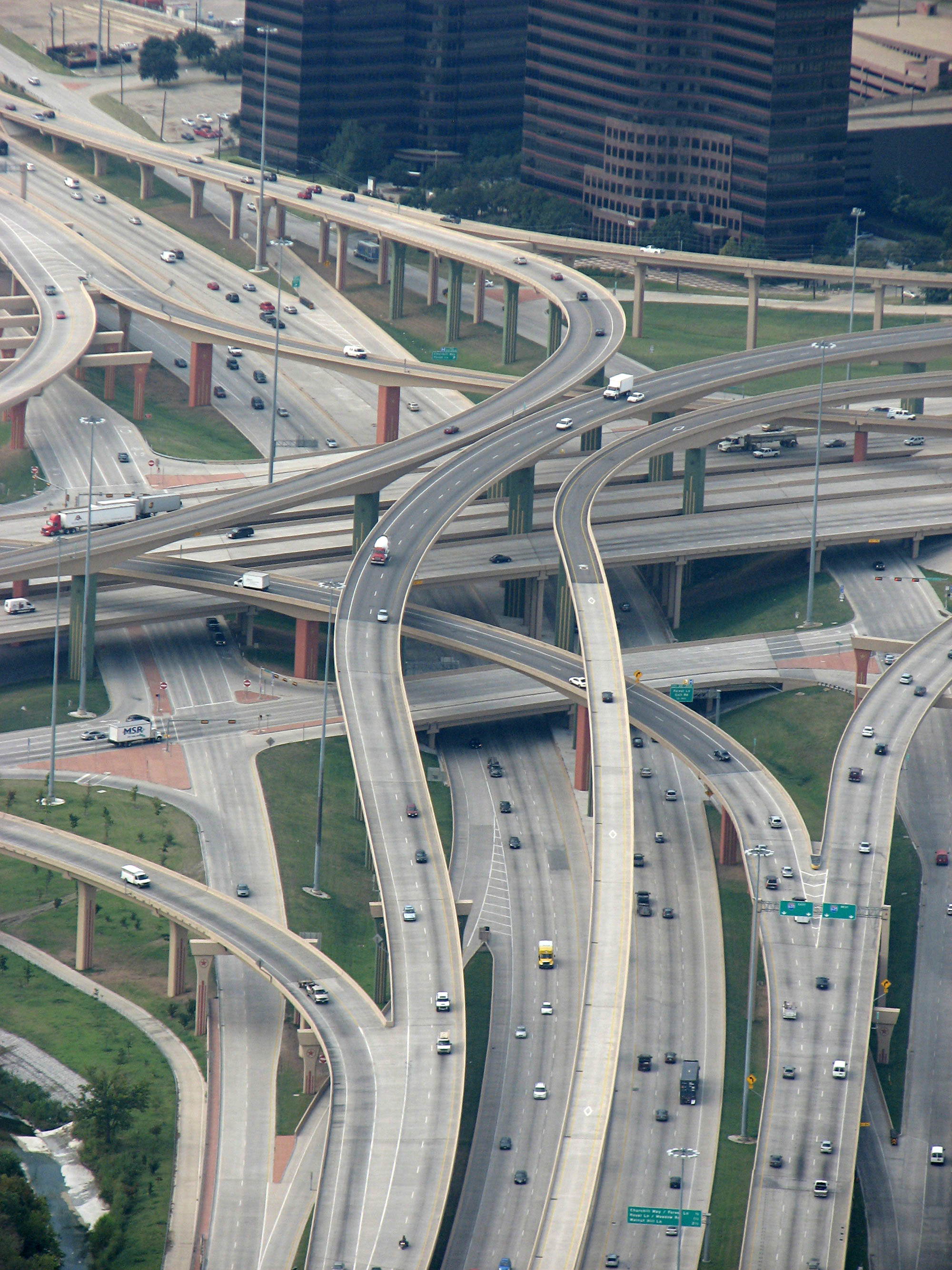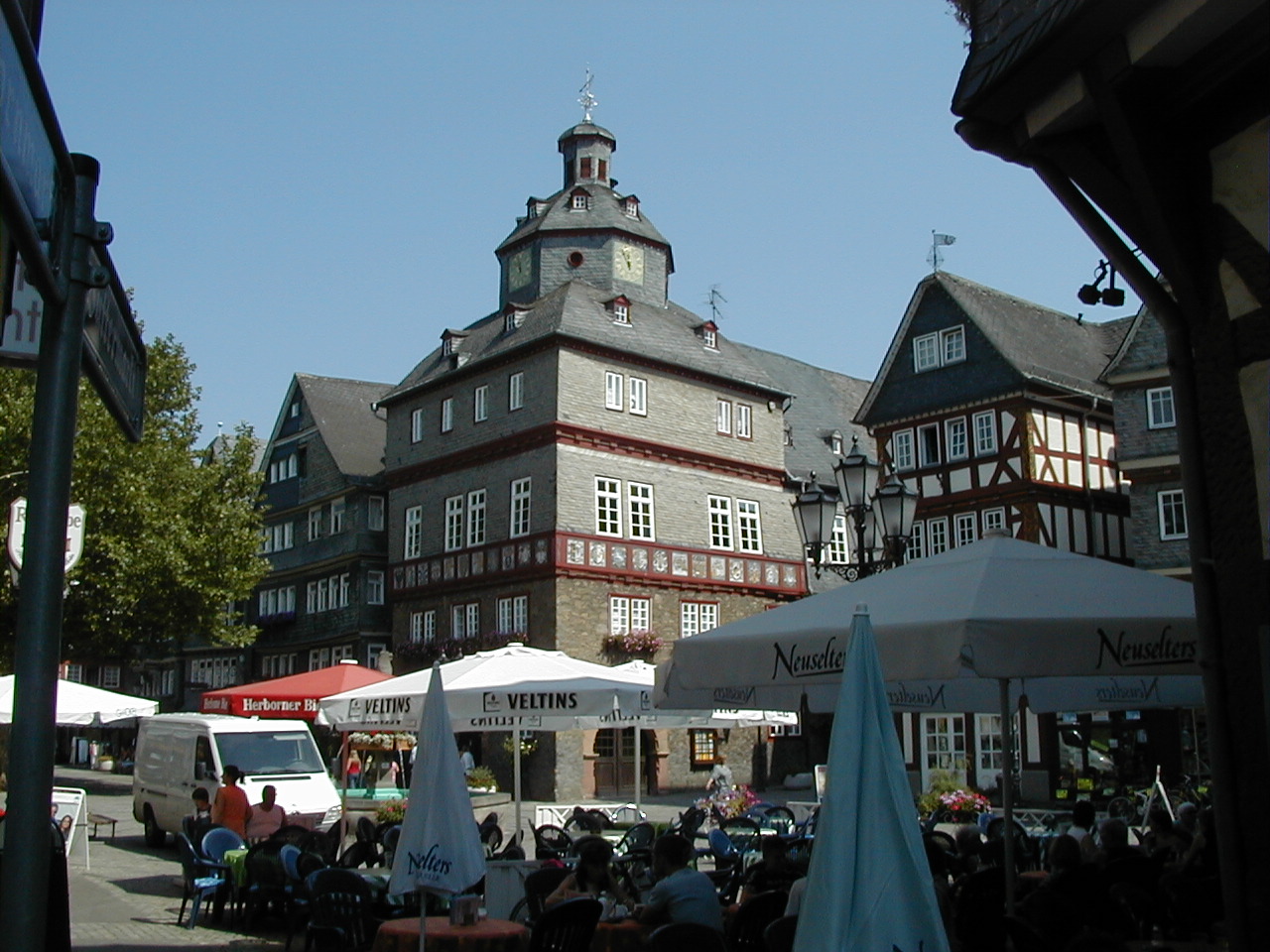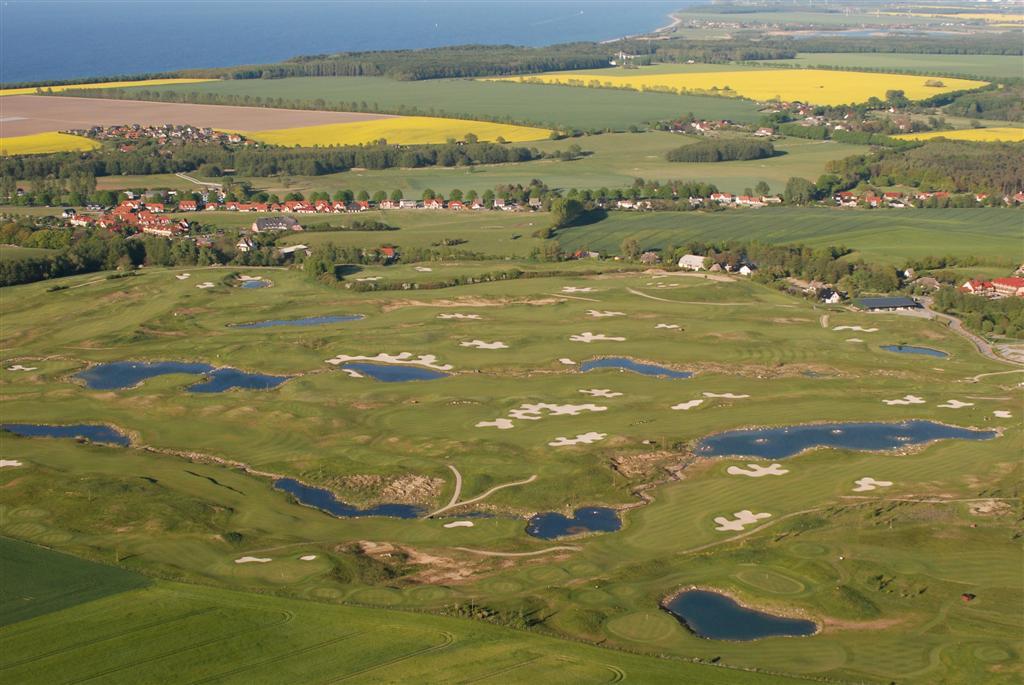|
Stahlhofen Am Wiesensee
Stahlhofen am Wiesensee is an ''Ortsgemeinde'' – a community belonging to a ''Verbandsgemeinde'' – in the Westerwaldkreis in Rhineland-Palatinate, Germany. It is not to be confused with Stahlhofen, another community in the same district, but in the Montabaur (Verbandsgemeinde), ''Verbandsgemeinde'' of Montabaur. Geography Location Stahlhofen am Wiesensee lies 3 km northeast of Westerburg, on a bank near the Wiesensee's west shore. Since 1972 it has belonged to what was then the newly founded Westerburg (Verbandsgemeinde), ''Verbandsgemeinde'' of Westerburg, a kind of collective municipality. Its seat is in the Westerburg, like-named town. Neighbouring communities Stahlhofen am Wiesensee's neighbours are Pottum, Hergenroth, Winnen and Halbs. Politics The municipal council is made up of 9 council members, including the extraofficial mayor (''Bürgermeister''), who were elected in a Plurality voting system, majority vote in a municipal election on 13 June 2004. Culture an ... [...More Info...] [...Related Items...] OR: [Wikipedia] [Google] [Baidu] |
Wiesensee
The Wiesensee () is an Reservoir, artificial lake, dammed up in 1971, in the Westerwald low mountain range. The lake covers about 80 hectares and lies in the area of Stahlhofen am Wiesensee's various Ortsteil, centres on the lake's west shore, and Pottum on the north shore in the Westerwaldkreis. The community of Winnen borders on the lake to the southeast. The lake is a nature conservation area, and only parts of the water surface are open for recreational use. It is a holiday and tourist destination. Several hotels, a luxury hotel and Golf, golf course lie near the shore. Many leisure facilities in the winter and summer make the Wiesensee attractive for athletes, young families and youth. Around the lake runs a roughly 6.5-km-long hiking path loop. Regular events Once every year, usually in the third week of October, the lake is fished clean, and completely drained. On this occasion the fishing festival is traditionally held. Every three years, the ''Vereinsring Pottum'' ("club ... [...More Info...] [...Related Items...] OR: [Wikipedia] [Google] [Baidu] |
Bathing
Bathing is the act of washing the body, usually with water, or the immersion of the body in water. It may be practiced for personal hygiene, religious ritual or therapy, therapeutic purposes. By analogy, especially as a recreational activity, the term is also applied to sun bathing and sea bathing. People bathe at a range of temperatures, according to custom or purpose, from very cold to very hot. In the western world, bathing is usually done at comfortable temperatures in a bathtub or shower. This type of bathing is done more or less daily for hygiene purposes. A ritual religious bath is sometimes referred to as Immersion baptism, immersion or baptism. The use of water for therapeutic purposes can be called a water treatment or hydrotherapy. Recreational water activities are also known as Human swimming, swimming and paddling. History Ancient world Throughout history, societies devised systems to enable water to be brought to population centers. The oldest accountable dai ... [...More Info...] [...Related Items...] OR: [Wikipedia] [Google] [Baidu] |
Cologne
Cologne ( ; german: Köln ; ksh, Kölle ) is the largest city of the German western state of North Rhine-Westphalia (NRW) and the fourth-most populous city of Germany with 1.1 million inhabitants in the city proper and 3.6 million people in the urban region. Centered on the left (west) bank of the Rhine, Cologne is about southeast of NRW's state capital Düsseldorf and northwest of Bonn, the former capital of West Germany. The city's medieval Catholic Cologne Cathedral (), the third-tallest church and tallest cathedral in the world, constructed to house the Shrine of the Three Kings, is a globally recognized landmark and one of the most visited sights and pilgrimage destinations in Europe. The cityscape is further shaped by the Twelve Romanesque churches of Cologne, and Cologne is famous for Eau de Cologne, that has been produced in the city since 1709, and "cologne" has since come to be a generic term. Cologne was founded and established in Germanic ... [...More Info...] [...Related Items...] OR: [Wikipedia] [Google] [Baidu] |
Bundesautobahn 3
is an autobahn in Germany running from the Germany- Netherlands border near Wesel in the northwest to the Germany-Austria border near Passau. Major cities along its total length of 778 km (483 mi) include Oberhausen, Duisburg, Düsseldorf, Leverkusen, Cologne, Wiesbaden, Frankfurt, Würzburg, Nuremberg and Regensburg. The A 3 is a major connection between the Rhine-Ruhr area and southern Germany, resulting in heavy traffic. Consequently, large parts have three lanes (plus a hard shoulder) in each direction, including a 300 km (187.5 mi) section between Oberhausen and Aschaffenburg. The A3 passes by the Frankfurt Airport. Overview The A 3 begins at the border crossing Elten in North Rhine-Westphalia as a four-lane continuation of the Dutch A 12. Until Oberhausen the highway runs on the right bank of the Lower Rhine past the cities Emmerich, Wesel and Dinslaken and reaches the Ruhrgebiet. Beginning at the ''Kreuz Oberhausen'' with A 516 and ... [...More Info...] [...Related Items...] OR: [Wikipedia] [Google] [Baidu] |
Interchange (road)
In the field of road transport, an interchange (American English) or a grade-separated junction (British English) is a road junction that uses grade separations to allow for the movement of traffic between two or more roadways or highways, using a system of interconnecting roadways to permit traffic on at least one of the routes to pass through the junction without interruption from crossing traffic streams. It differs from a standard intersection, where roads cross at grade. Interchanges are almost always used when at least one road is a controlled-access highway (freeway or motorway) or a limited-access divided highway (expressway), though they are sometimes used at junctions between surface streets. Terminology ''Note:'' The descriptions of interchanges apply to countries where vehicles drive on the right side of the road. For left-side driving, the layout of junctions is mirrored. Both North American (NA) and British (UK) terminology is included. ; Freeway junctio ... [...More Info...] [...Related Items...] OR: [Wikipedia] [Google] [Baidu] |
Autobahn
The (; German plural ) is the federal controlled-access highway system in Germany. The official German term is (abbreviated ''BAB''), which translates as 'federal motorway'. The literal meaning of the word is 'Federal Auto(mobile) Track'. German are widely known for having no federally mandated general speed limit for some classes of vehicles. However, limits are posted and enforced in areas that are urbanised, substandard, accident-prone, or under construction. On speed-unrestricted stretches, an advisory speed limit () of applies. While driving faster is not illegal as such in the absence of a speed limit, it can cause an increased liability in the case of a collision (which mandatory auto insurance has to cover); courts have ruled that an "ideal driver" who is exempt from absolute liability for "inevitable" tort under the law would not exceed . A 2017 report by the Federal Road Research Institute reported that in 2015, 70.4% of the Autobahn network had only the advis ... [...More Info...] [...Related Items...] OR: [Wikipedia] [Google] [Baidu] |
Herborn (Hesse)
Herborn () is a historic town on the Dill in the Lahn-Dill district of Hesse in Germany. Before World War I, it was granted its own title as ''Nassauisches Rothenburg''. The symbol or mascot of this town is a bear. Scenic attractions include its half-timbered houses; Herborn is located on the German Timber-Frame Road. Herborn hosted the 26th ''Hessentag'' state festival in 1986, and the 56th Hessentag in 2016. Geography The town's coordinates are . It has an area of 64 km² (24 mi²), of which 28 km² (11 mi²) is forest. Herborn is connected by the A45 motorway ( E40/ E41) with Siegen, Wetzlar, and Gießen. Neighbouring communities Herborn is bordered on the north by the town of Dillenburg, on the northeast by the community of Siegbach, on the east by the community of Mittenaar, on the southeast by the community of Sinn, on the south by the community of Greifenstein, and on the west by the communities of Driedorf and Breitscheid (all in the Lahn-Dill-Kre ... [...More Info...] [...Related Items...] OR: [Wikipedia] [Google] [Baidu] |
Montabaur
Montabaur () is a town and the district seat of the Westerwaldkreis in Rhineland-Palatinate, Germany. At the same time, it is also the administrative centre of the ''Verbandsgemeinde'' of Montabaur – a kind of collective municipality – to which 24 other communities belong. The town is known throughout the country for its strikingly yellow castle and its InterCityExpress railway station on the Cologne-Frankfurt high-speed rail line. Geography Location Montabaur lies in the Westerwald, roughly 20 km northeast of Koblenz. About 14,000 people live in the city, while the district is home to about 40,000. Constituent communities Montabaur has seven outlying centres. In the north lies Eschelbach, and in the west lie Horressen and Elgendorf. Stretching south along the Gelbach valley are the pilgrimage centre of Wirzenborn, and, farther along still, Reckenthal, Bladernheim and Ettersdorf. Neighbouring communities Montabaur's neighbours are, clockwise beginning in the ... [...More Info...] [...Related Items...] OR: [Wikipedia] [Google] [Baidu] |
Bundesstraße
''Bundesstraße'' ( German for "federal highway"), abbreviated ''B'', is the denotation for German and Austrian national highways. Germany Germany's ''Bundesstraßen'' network has a total length of about 40,000 km. German ''Bundesstraßen'' are labelled with rectangular yellow signs with black numerals, as opposed to the white-on-blue markers of the '' Autobahn'' controlled-access highways. ''Bundesstraßen'', like autobahns, are maintained by the federal agency of the Transport Ministry. In the German highway system they rank below autobahns, but above the '' Landesstraßen'' and '' Kreisstraßen'' maintained by the federal states and the districts respectively. The numbering was implemented by law in 1932 and has overall been retained up to today, except for those roads located in the former eastern territories of Germany. One distinguishing characteristic between German ''Bundesstraßen'' and ''Autobahnen'' is that there usually is a general 100 km/h (62 ... [...More Info...] [...Related Items...] OR: [Wikipedia] [Google] [Baidu] |
Golf Course
A golf course is the grounds on which the sport of golf is played. It consists of a series of holes, each consisting of a tee box, a fairway, the rough and other hazards, and a green with a cylindrical hole in the ground, known as a "cup". The cup holds a flagstick, known as a "pin". A standard round of golf consists of 18 holes, and as such most courses contain 18 distinct holes; however, there are many 9-hole courses and some that have holes with shared fairways or greens. There are also courses with a non-standard number of holes, such as 12 or 14. The vast majority of golf courses have holes of varying length and difficulties that are assigned a standard score, known as par, that a proficient player should be able to achieve; this is usually three, four or five strokes. Par-3 courses consist of holes all of which have a par of three. Short courses have gained in popularity; these consist of mostly par 3 holes, but often have some short par 4 holes. Many older courses are ... [...More Info...] [...Related Items...] OR: [Wikipedia] [Google] [Baidu] |

_02.jpg)






